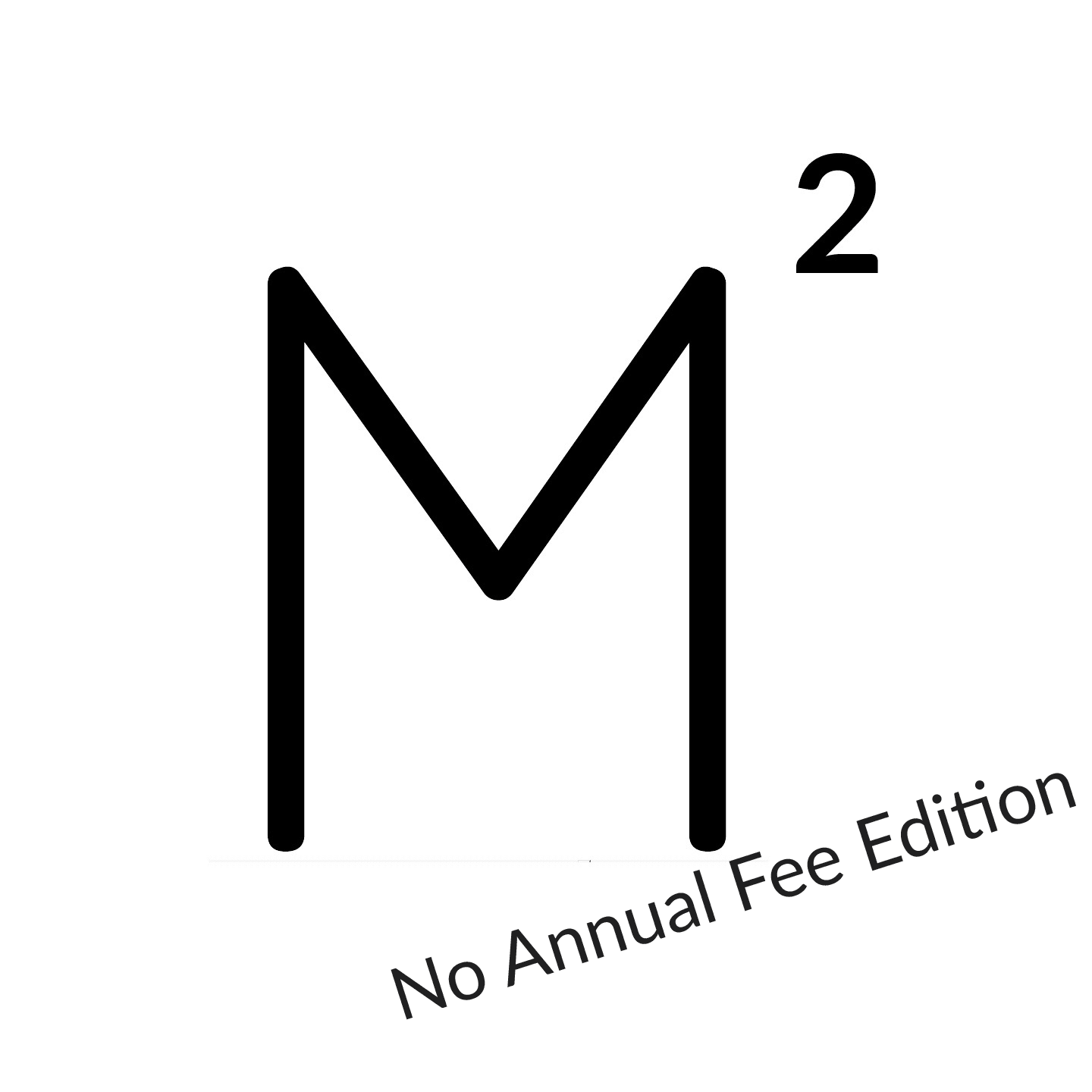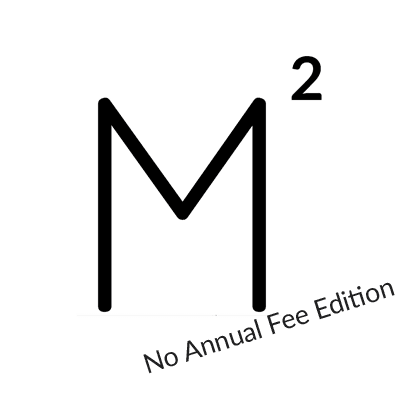We Assess the Current State of the Six Largest US Airlines…on today’s Milenomics² (No Annual Fee Edition) Podcast
0:24 Premise of the Discussion
- Everyone’s situation is different. Different hometown airport(s), different common destinations, different enthusiasm for taking on points & miles complexity to defray airfare costs, etc.
- That being the case, there’s are no one-size-fits-all solutions in this game
- That said, there are tendencies and trends that are worth being familiar with as it’s useful in informing moves you might make to prepare for future travel
- In this spirit, we think it’s a good time to take a look at the biggest domestic carriers. We’ll analyze them both for using their miles to fly their metal, the overall state of their frequent flyer program, their co-branded credit cards, their bank point relationships, how difficult they are to earn, and their overall position in the market.
04:21 American
- Could be the last remaining legacy carrier where close-in you can still find saver level awards for expensive cash fares, will have to see how this plays out with a supposed move to “fully dynamic”
- British Airways Avios (and other OneWorld partner awards) can still be a good play, but AA doesn’t seem to release much partner award space
- A good program to generate miles in, but if their utility becomes mostly for partner awards it significantly diminishes the value proposition for me
- With no bank point transfer partners, it can be tough to generate AA miles.
- Bilt transfers are possible.
- Unique in that they partner with both Citi and Barclays, though churnability has become difficult
- Bottom Line: Still a lot of great partners, favorable partner award charts, and flexible change and cancellation terms. The value proposition with AA increasingly hinges on partner awards.
14:15 Delta
- Booking with Delta miles provides decent everyday value with flexible cancellation terms. Not a lot of clever angles here when cash prices are high.
- Issues with cancellations not actually happening. Need to follow up.
- Wide variety of co-branded Amex cards with probably the best churnability of any carrier due to targeted offers and lenient approval standards
- 15% discount on award travel if holding one of their Amex Delta cards.
- 1:1 transfer partner from Membership Rewards which have been one of the easier bank point currencies to generate the past 5 years
- Booking with 35% Amex Business Platinum rebate even more valuable than transferring (but beware Amex Travel hassles and harder to cancel)
- SkyClub membership for everyone who carries an Amex Platinum card is a nice perk when flying, though because of this they can be crowded
- Bottom Line: Weak SkyTeam alliance and expensive international awards make Delta a straightforward value proposition for domestic flights.
23:54 Southwest
- A wide variety of fun (if complicated) instruments for booking flights.
- Fun? I think that when things are going well they can be more ‘fun’ than other airlines to fly with.
- “Too good to be true” Companion Pass is perhaps the longest running and evidently effective campaigns in the space.
- In general, connections with Southwest stress their system and make for longer travel than necessary with other carriers
- Not low cost. Low fee.
- Antique seating policy makes for trouble for families with children older than their cutoff of 6.
- 1:1 transfer partner from Chase Ultimate Rewards
- Wide variety of Chase co-branded cards (but 5/24 constraints can be limiting)
- Bottom Line: A carrier worth paying attention to if your hometown airport is dominated by Southwest, a carrier rarely flown otherwise
30:15 United
- Not a lot of angles for booking flights on United metal with United miles. Award chart for domestic flights seems truly dynamic – tied fully to cash price.
- Don’t see a lot saver level space release here either, so angles like booking with Star Alliance carriers are rare
- Travel Bank has favorable terms, making it one to consider for Amex incidentals.
- Flexible booking and cancellations with most fares. Bonus points for clearly labeling refundable fares vs. cancellable fares.
- Bonus points removed for not refunding without tons of interaction.
- 1:1 transfer partner from Chase Ultimate Rewards
- Typical assortment of co-branded Chase cards, but 5/24 can be limiting
- Bottom Line: Star Alliance tie-in (mostly for awards to Europe) keep me interested in earning United miles, but the partner chart has become a bit pricey
39:01 Alaska
- Award chart domestically for flying Alaska metal with Alaska miles rarely provides outsized value.
- Welcome bonuses of co-branded credit cards issued by Bank of America (personal and business) have become increasingly generous
- Still some good values to be had with premium partner awards
- No 1:1 bank point transfer partner
- “World Famous” companion pass requires spending more to get more value out of it, and not even half off at the end of the day
- Bottom Line: Unless you live near an airport well-served by Alaska, it’s an airline that’s still mostly one to accrue miles rather than fly. But with partner awards no longer offering differentiated value it could be an airline worth mostly ignoring.
47:18 JetBlue
- Usually just book with bank points or travel bank
- Has been a good candidate for use of Amex incidentals, but tone deaf tightened expiry of travel bank is industry worst.
- Partners come and go (Emirates/Etihad for example) and redemptions are so quirky it’s as if they don’t even know they exist
- Some opportunities with alliance with AA
- Nice that they allow family pooling of points, but they haven’t yet figured out how to configure a valuable loyalty program
- Mint is their single trick.
- Partner awards on Hawiian (need T, Z, or L fare bucket space)
- Co-branded cards issued by Barclays
- Quirky 250:200 Amex Membership Rewards transfer ratio
- Bottom Line: An airline to ignore if they don’t serve your airport. An airline that can’t be ignored if you live in Boston or near JFK
54:13 Bottom Line
- Discuss: How can we be rational?
- Are airline miles dead?
- Have airlines gone too far in diminishing their outsized value to the point where bank points are better?
- What’s your overall takeaway for yourself, and for family and friends looking for advice?
Robert: “Thanks for joining us for this week. For a more in-depth discussion about points miles visit us at patreon.com/milenomics. There you’ll get a special link to listen to additional content, right in your mobile podcast app or on your computer, where we speak more freely about topics like these.
Sam: You can reach us on Twitter @Milenomics and @RobertDwyer – we’d love to hear from you. Until then we’ll see you on the site…”
Special Thanks to Morgan Housel for his excellent book and new Podcast.




One small but important point missing from your United overview is the expanded saver availability accessible to United credit cardholders. This is a perk unique to United and their credit cards. No other domestic airline offers anything like this. Consequently, it increases the value/need for United miles since partner miles can’t be used to book these lower priced awards.
This feature was an afterthought for me when I got my United credit card, but it’s ended up providing me a lot of value. So far this year, I have used it to book two saver awards (ORD-BRU and OGG-ORD) that were not available to non-cardolders.
Seth: You’re right about the extra space making a difference. Robert holds that card and I don’t, we did some dummy bookings for this episode and he was seeing prices of 28k while I was up at 48k! That’s nearly half the price.
You’re right that this makes united miles more valuable, and paired with an UR earning card that can transfer to united that’s a strong play.